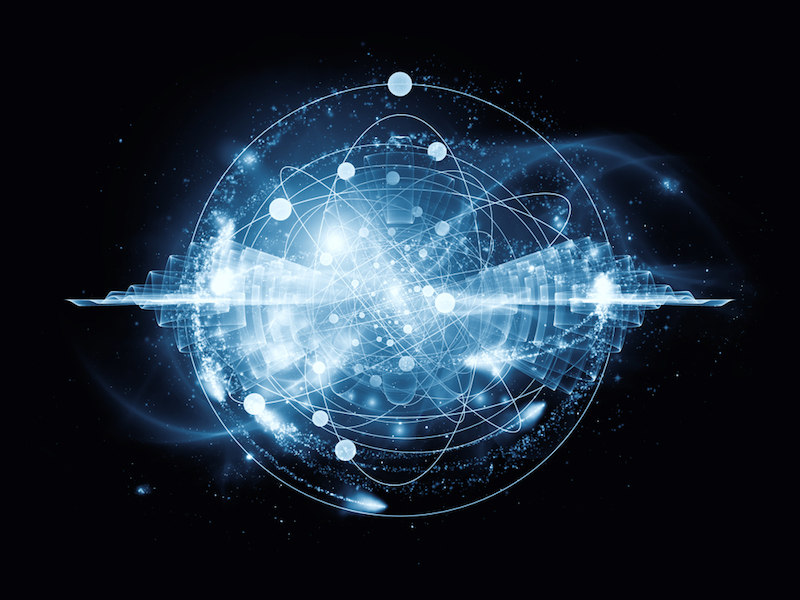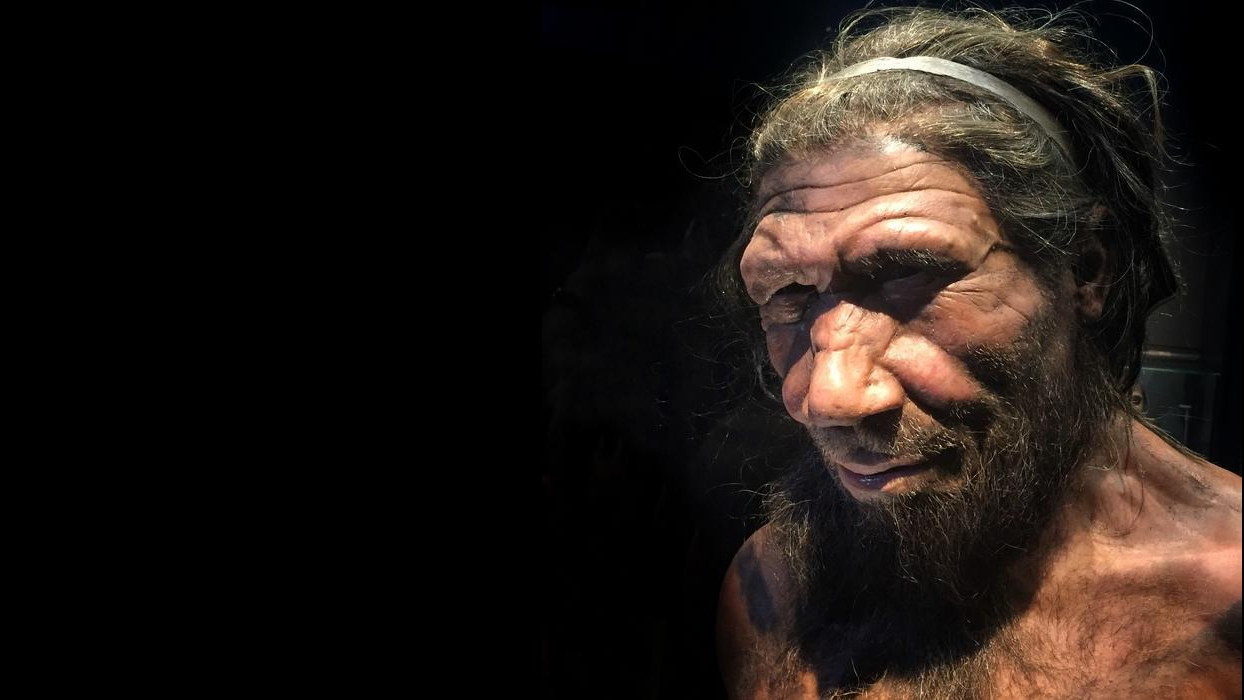
Sorry to break it to you, Einstein, but it looks like the universe is one big dice game.
Two recent studies have confirmed that the "spooky action at a distance" that so upset Albert Einstein — the notion that two entangled particles separated by long distances can instantly affect each other — has been proven to work in a stunning array of different experimental setups.
One experiment closed two of the three loopholes in proofs of spooky action at a distance. Another found that quantum entanglement works over astonishingly large distances. And future tests are focused on making the final loophole as small as possible. [8 Ways You Can See Einstein's Theory of Relativity in Real Life]
Overall, the new series of tests is simply confirming what physicists have long suspected.
"There is no hidden, more fundamental theory underneath quantum mechanics," said Ronald Hanson, a physicist at Delft University in the Netherlands and the lead investigator in one of the new experiments.
But although the new tests don't break new theoretical ground, they could pave the way for quantum computing and perfectly secure communication technologies, Hanson said.
Entangled particles
Get the world’s most fascinating discoveries delivered straight to your inbox.
In the 1920s and 1930s, physicists studying subatomic particles began scratching their heads. They found that the Schrödinger wave equation, the fundamental quantum mechanics equation, could not describe the individual state or position of some groups of particles, dubbed entangled particles, until each individual particle was measured. Once each particle was measured, the wave function "collapses," and the particle takes on a definite state.
In a 1935 paper, Einstein and his colleagues Boris Podolsky and Nathan Rosen created a thought experiment known as the EPR paradox (after the initials of their last names) to show some of the absurd implications of the wave equation. According to the rules of quantum mechanics, entangled particles travel in a kind of superposition of all their possible states. But even weirder, the wave equation implied that once measured, two entangled particles could somehow instantly communicate, much faster than the speed of light, to link up their states. Discounting this "spooky action at a distance," Einstein and his colleagues instead argued that some hidden variable must somehow affect the states of both particles. [Twisted Physics: 7 Mind-Blowing Findings]
Inequality and loophole
For decades, physicists were in limbo, unsure whether Einstein's hidden variable or the straightforward interpretation of the Schrödinger wave equation was correct. Then, in the 1960s, physicist John Stewart Bell proposed a straightforward test, known as Bell's Inequality, to test spooky action at a distance. If spooky action were real, Bell proposed, then entangled particles measured some distance apart would have correlated states more than a certain percentage of the time. And if some hidden variable were affecting these seemingly entangled particles, then entangled particles would have correlated states less than that fraction of the time.
In hundreds of Bell experiments since then, physicists have found that entangled particles do seem to have correlated states at faster-than-light speeds.
But all of these tests have had at least a few caveats, or loopholes. One is that detectors used to measure entangled particles such as photons often miss many of the particle duos. Therefore, experiments were analyzing the statistics on only a small fraction of the photons, raising the possibility that the undetected photons could change the picture, Hanson said.
Another loophole is the idea that perhaps the two entangled particles could somehow communicate their state to each other before they are detected. The third loophole is the idea that the random choice of an entangled state is not random at all, but somehow biased in a way humans don't perceive.
Closing the loopholes
Now, researchers are starting to close those loopholes.
For instance, University of Vienna physicist Anton Zeilinger and his colleagues showed that entangled particles that are 89 miles (143 kilometers) apart still act as quantum mechanics predicts they would. The test, described in a paper published Nov. 5 in the journal Proceedings of the National Academy of Sciences, relies on a massive detector set up on Spain's Canary Islands. (Some argue that the actual photons in this experiment are only entangled over a short distance, and that the experiment is a demonstration of long-distance quantum teleportation, not entanglement, Hanson said.)
And just a few weeks before that, in a paper published Oct. 23 in the journal Nature (and originally in the open-access, preprint journal arXiv), Hanson and his colleagues showed that Bell's inequality holds even with the first two loopholes closed simultaneously.
To close the loopholes, Hanson and his team used a novel material: diamonds with a nitrogen vacancy defect, or a hole in the atomic matrix where an atom should be. That hole traps extra electrons, which become the particles to be entangled. So the team used two separate diamond crystals, separated by almost 1 mile (1.6 km) across the university campus.
To entangle the electrons, the team excited the electrons on either side of campus in such a way that the spin — the tiny bar-magnetlike orientation of the electron — was either "up" or "down." Each of the excited electrons then emitted a photon, and both of these photons traveled to a beam splitter roughly in the middle and arrived at exactly the same time. The beam splitter has an equal chance of either reflecting or transmitting both photons, essentially making it impossible to tell which side of campus the photons came from. Once the photons were detected at the beam splitter, the team measured the electrons on either side of campus to see whether their spins were correlated. Sure enough, the team found the electron correlation was high enough to bolster the notion of spooky action at a distance.
The new result closes both loopholes because detecting the initial spin state of the electrons is detected 100 percent of the time — they are sitting in the diamond the entire time, Hanson said. In addition, the two diamonds are sufficiently far apart that there's no chance for the two electrons to communicate in the time it takes to do the measurement, he added.
Unfinished business
Hanson's new results beautifully close the first two loopholes, said David Kaiser, a physicist at the Massachusetts Institute of Technology in Cambridge, who was not involved in either of the two new experiments.
However, there's still one loophole left, he said.
Everyone uses some sort of random number generator to decide a particle's state, Kaiser said. But what if those random numbers weren't truly random?
The third loophole asks: "Did any process in the past of this whole experiment nudge or bias or somehow skew the set of questions that would be asked?" Kaiser told Live Science.
So Kaiser and Zeilinger are devising a test that, they say, would shrink that third loophole considerably. The team would derive its random numbers from luminous regions near galactic centers called quasars,which are so distant that the light from them has taken 11 billion to 12 billion years to reach Earth. While that doesn't completely eliminate the loophole — after all, the random numbers could have been rigged at the universe's fiery birth — it gets it pretty close, Kaiser said. [Beyond Higgs: 5 Particles That May Lurk in the Universe]
Still, not everyone thinks that setup actually gets closer to closing the third loophole.
"Whatever setup you make, you just cannot prove that some signals were not predetermined before you saw them," Hanson said. "At the deepest fundamental level, this loophole cannot be closed."
Beyond that, the starlight method assumes the light from the quasars couldn't have been messed with by some hidden variables on its long journey to Earth, Hanson added. While that seems like a long shot, it seems equally paranoid to believe that another type of random-number generator is somehow rigged, he added.
(On Nov. 10, researchers at the National Institute of Standards and Technology in Boulder, Colorado published a paper in the preprint journal arXiv claiming they had demonstrated quantum entanglement with all three loopholes closed. However, that paper has not yet been subject to peer review, the standard process for vetting scientific claims, and it actually uses a similar approach and similar random number generators to those used in Hanson's experiments, so it also doesn't get any closer to eliminating that third loophole, Hanson said.)
Long-term applications
At this point, it's fair to ask: Why spend all these resources testing a premise that almost all physicists believe is true?
Hanson, Kaiser, Zeilinger and others don't expect their loophole-free tests to change the fundamental understanding of subatomic physics. Rather, the long-term applications may have more to do with the future of computing. Quantum encryption, which could one day become a perfectly secure method of encryption, relies on the understanding of quantum mechanics as scientists know it today.
Extending the length across which particles can be entangled could also have cool applications, Hanson said.
"Many people said this is going to be the end of this very long history, but I'm more excited about the beginning of the new field," Hanson said.
Follow Tia Ghose on Twitterand Google+. Follow Live Science @livescience, Facebook & Google+. Original article on Live Science.

Tia is the managing editor and was previously a senior writer for Live Science. Her work has appeared in Scientific American, Wired.com and other outlets. She holds a master's degree in bioengineering from the University of Washington, a graduate certificate in science writing from UC Santa Cruz and a bachelor's degree in mechanical engineering from the University of Texas at Austin. Tia was part of a team at the Milwaukee Journal Sentinel that published the Empty Cradles series on preterm births, which won multiple awards, including the 2012 Casey Medal for Meritorious Journalism.
